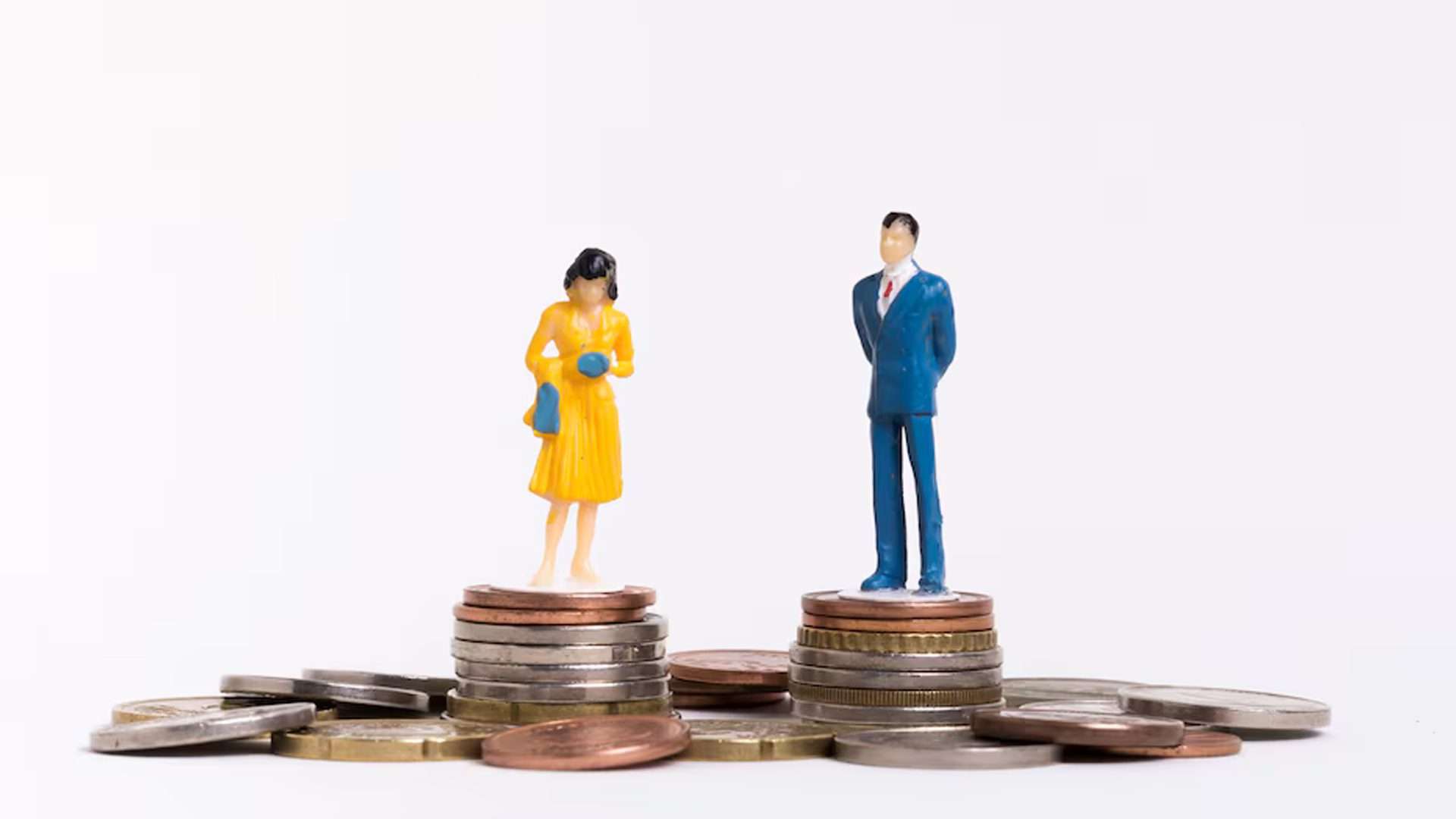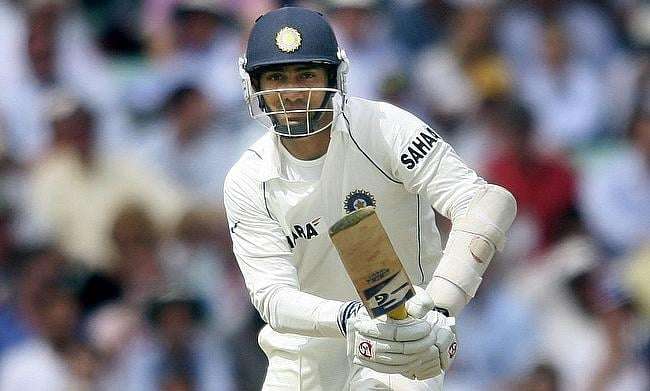Earnings inequality is more, however, mostly characterized by the unequal distribution of wealth and different forms of income inequality can vary with respect to population divisions like gender among others. By taking into consideration some factors of stratification such as sex or race diversity in the case may measure what level the income inequality exists in that society whereby the Gini Index can determine if it is so.

Why increase Income inequality in the world?
- The reason for increased inequality in the world is that international trade has concentrated riches for transnational companies and expert employees at the cost of low-paid workers.
Variations in education result in varying chances for jobs as well as earnings levels. - Taxation policies are skewed towards those who make more money than others enabling them to amass fortunes quickly.
- The decline of labor unions and collective bargaining has led to stagnant salaries for middle- and lower-earners is also a reason is Income inequality.
- The accumulation of riches is a function of the accumulation of wealth because wealthier people have assets that appreciate while poorer ones depend on their earnings.
- Food systems are being disrupted by climate impacts, forcing farmers to migrate or work under unsafe conditions with fewer output possibilities.
When did it increase in the world?
Pulled up by neoliberal economic reforms, deregulation, tax cuts, and poor labor protection policies being put in place, earnings disparity increased sharply in the 1980s. Globalization and technology have deepened the divide between skilled workers and owners of capital. Additionally, during the 2000s, the rise of the financial industry intensified this trend; thus, wealth became more concentrated among a very few people leading to an unprecedented rise in global income inequality
Global Income Distribution Over Two Centuries
For the last two hundred years, the chart demonstrates the distribution of annual income of all citizens of the world.
- The daily earnings are measured in international, which is a hypothetical currency that was equivalent to the U.S. dollar in 2011.
- Earnings distribution at three points in time: · By 1800, few countries had economic growth with most living in poverty experiencing incomes like those of the poorest countries today.
- In the 19th century, about 80% of people on Earth were living in abject destitution.
- In 1975 there was great inequality all over the world due to ‘bimodal’ income distribution. · For four decades since then, income distribution has changed dramatically as many poorer nations have been growing faster than richer ones.
- The world can no longer be strictly divided into ‘developed’ and ‘developing’ nations.
- Many poorest citizens globally have seen their earnings rise while extreme poverty levels have fallen faster than ever before.
Here are some Policies and actions aimed at reducing earning inequality
- Raise income taxes: Necessary funds will be used to support public institutions like schools, hospitals, and social support for poor families.
- Enhance access to quality education: A common educational standard for all is the best way to enhance employability and earned.
- Strengthen labor rights and increase minimum wages: This is aimed at increasing the purchasing power of low-wage earners through unionization.
- Implement welfare programs: Apply for unemployment compensation, affordable housing facilities or universal health care in order to reduce the poverty burden on individuals.
- Encourage inclusive economic growth: Roads should be built while subsidies given to small enterprises must help promote them.
- Gender equality promotion: Equal pay for equal jobs should be advocated; gender parity at workplaces as well as family policies and arrangements with regard to it should be developed.

















+ There are no comments
Add yours